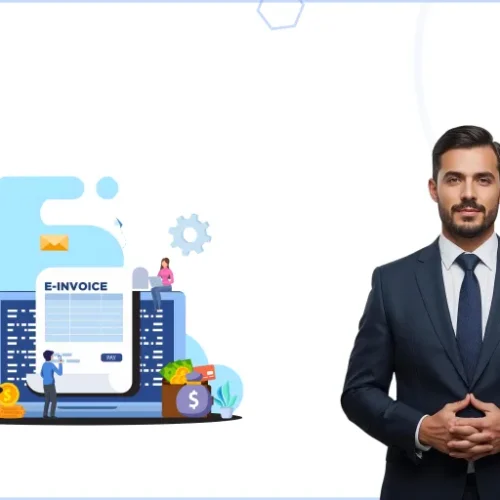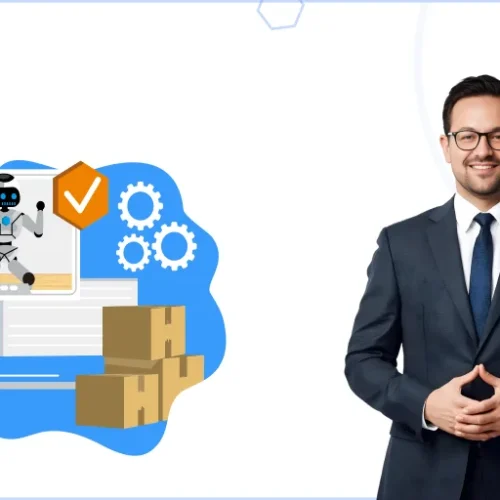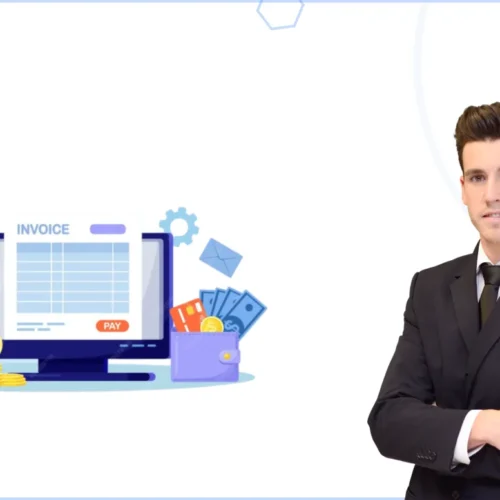If you’re already using CargoWise in your logistics operations, chances are you’ve seen how powerful the system can be. From managing bookings and customs to streamlining finance and warehousing, CargoWise brings many processes together in one platform. But here’s something many companies overlook: having CargoWise is one thing, using it the right way is something else entirely.
We work with dozens of CargoWise users who aren’t getting the speed, visibility, or automation they expected. In most cases, the problem isn’t the software, it’s how it’s being used. So, if you’re looking to improve how your teams operate inside CargoWise, this guide is for you.
What Should You Focus On First?
Start by reviewing how you currently use the system. Many CargoWise users adopt the platform during a growth phase, but then leave it in a “set-and-forget” mode. That’s where things start falling short.
Ask yourself:
- Are you still doing manual job creation or invoice generation?
- Are your teams entering the same data into multiple places?
- Do your users understand all the modules they have access to?
If any of these answers are “yes,” it’s time to re-evaluate how CargoWise is set up for your business.
Why is CargoWise Workflow Automation Important?
One of the most valuable features in CargoWise is its workflow automation. But surprisingly, many users don’t configure it fully, or at all.
When used properly, workflow automation can:
- Automatically generate jobs when a quote is approved
- Trigger task assignments based on status updates
- Send notifications to teams or customers when a shipment reaches a key milestone
- Generate invoices or compliance documents without manual effort
This means your operations can run faster, with fewer people doing repetitive tasks. For teams already stretched thin, that can make a huge difference.
What Role Does System Integration Play?
CargoWise becomes far more powerful when it’s not working alone. Many logistics companies use separate systems for sales, warehousing, billing, or customer communication. If these tools aren’t talking to CargoWise, you’re likely dealing with double entry and inconsistent data.
As a CargoWise user, you should explore integrating the platform with:
- Your accounting tools, like SAP
- Your WMS or TMS solutions
- Carrier and vessel tracking
- Customs and E-invoicing integration
When data flows automatically between systems, you avoid delays, eliminate human errors, and give your customers a much smoother experience.
How Can User Access Improve Performance?
Another way to improve how CargoWise functions in your organization is by looking at user access roles. Many businesses give broad permissions to most users. While this might feel convenient at first, it creates confusion, slows people down, and increases the chance of mistakes.
Instead, CargoWise should be set up with role-based access:
- Operations users only see job creation, shipments, and routing legs
- Finance users access billing, AR/AP, and accounting modules
- Sales users work within the quote, CRM, and customer management sections
- Managers have visibility into reporting and business intelligence tools
This streamlining helps users focus on their jobs without distractions and leads to faster onboarding and fewer system errors.
Why Should You Regularly Clean and Organize Your Data?
As your CargoWise usage grows, the database can quickly become cluttered. That’s not just an admin problem, it affects performance, reporting, and the ability to pull the right data when it’s needed.
Make it a habit to:
- Archive or delete old jobs no longer in use
- Remove or merge duplicate customer/vendor profiles
- Review and clean up old tariffs and rate cards
- Eliminate outdated document templates or unused modules
This keeps your system running fast and ensures your team can find what they need without delay.
What Kind of Training Should You Offer?
One of the biggest blockers to system efficiency? A lack of user knowledge.
CargoWise is a deep system, and many users only learn the parts they use day to day. Without proper training, they might not know there’s a faster, smarter way to get their work done.
We offer ongoing, role-based training that includes:
- System navigation best practices
- How to use workflows effectively
- Time-saving tips and shortcuts
- Using reports and BI dashboards for daily planning
When your people understand the system, they stop relying on workarounds and start using CargoWise the way it’s meant to be used.
When Should You Bring in Expert Support?
Even the most skilled internal teams can hit roadblocks when it comes to deep CargoWise configuration or integration. That’s why many businesses turn to certified CargoWise consultants when they need to:
- Clean up messy setups
- Rebuild workflows from scratch
- Implement new modules
- Integrate CargoWise with third-party tools
- Train staff across offices or regions
Getting expert help can quickly unlock performance improvements that your in-house team may not have the time or knowledge to implement.
Conclusion
CargoWise users often have the right system, but they’re not using it the right way. If your team is still doing too much manually, struggling with slow processes, or relying on disconnected systems, now is the time to change that.
By improving how you use CargoWise, through automation, integration, structured access, training, and expert support, you can run a faster, cleaner, and more profitable logistics operation.
Whether you’re just getting started or you’ve had CargoWise for years, the key is to treat it like a living part of your business. Keep reviewing, improving, and expanding what it can do.
Need help getting more value from CargoWise? Schedule a demo today and let our certified team assess your current setup, optimize your workflows, and guide your team to the next level of operational performance.






